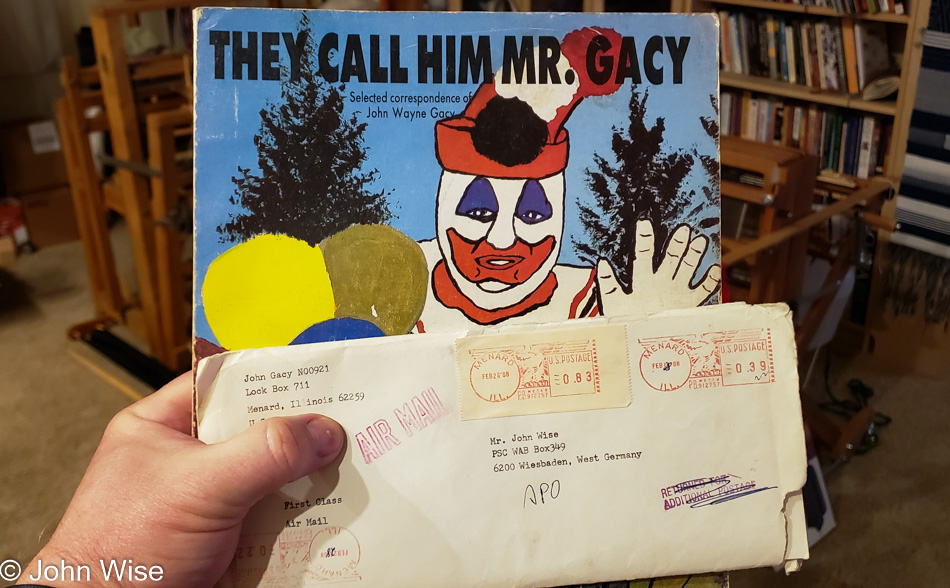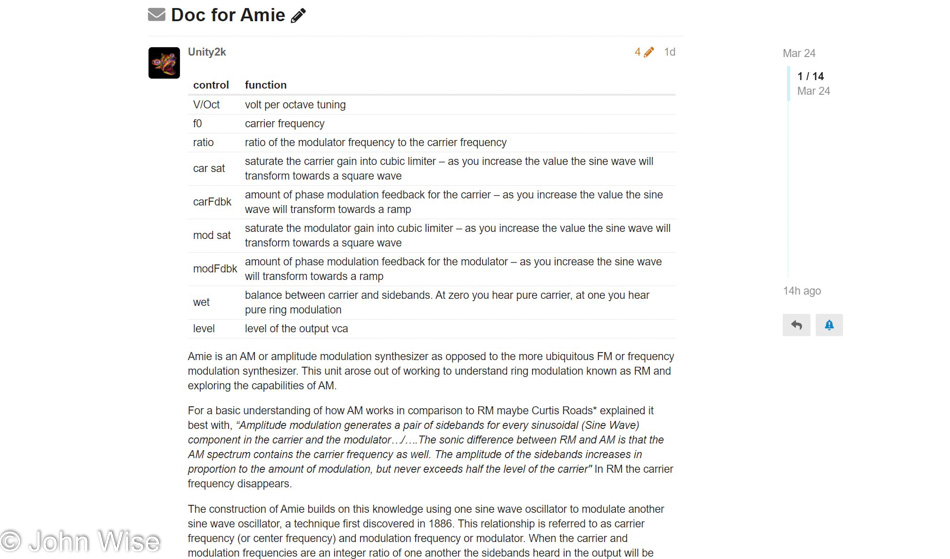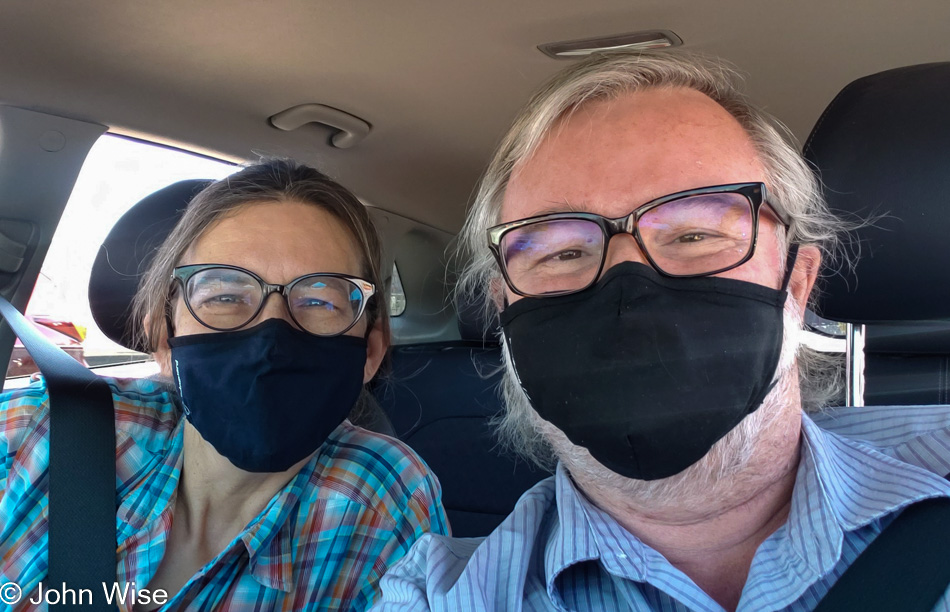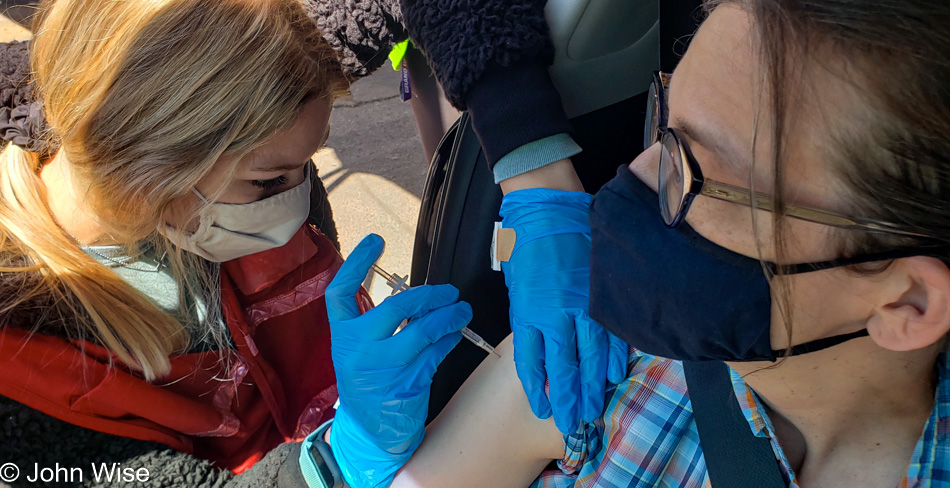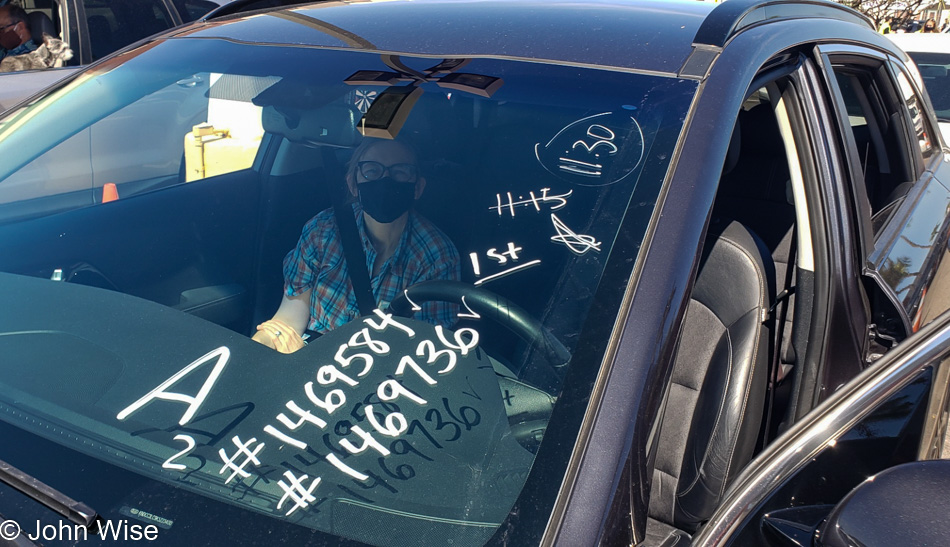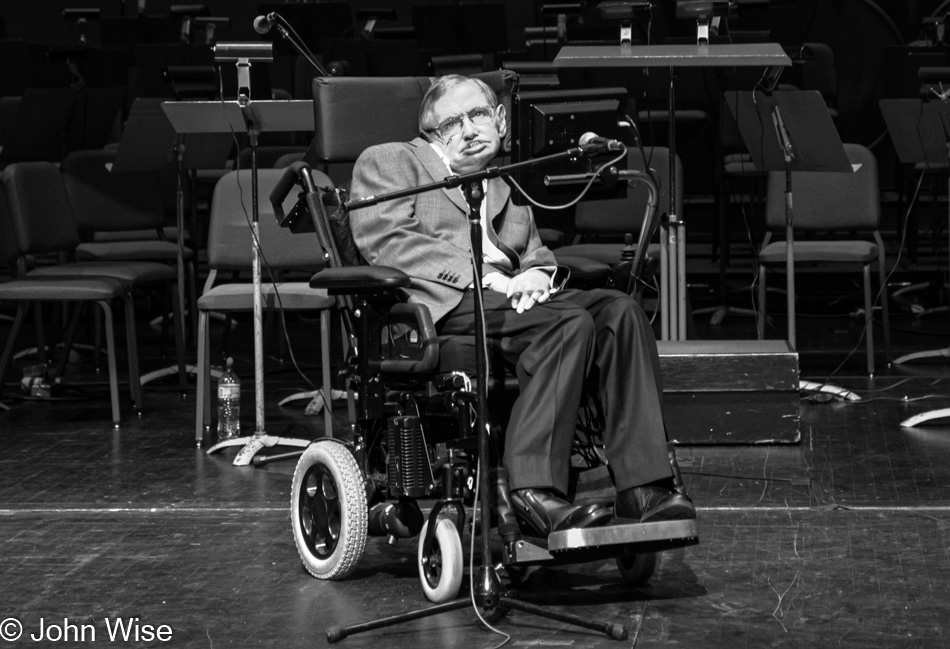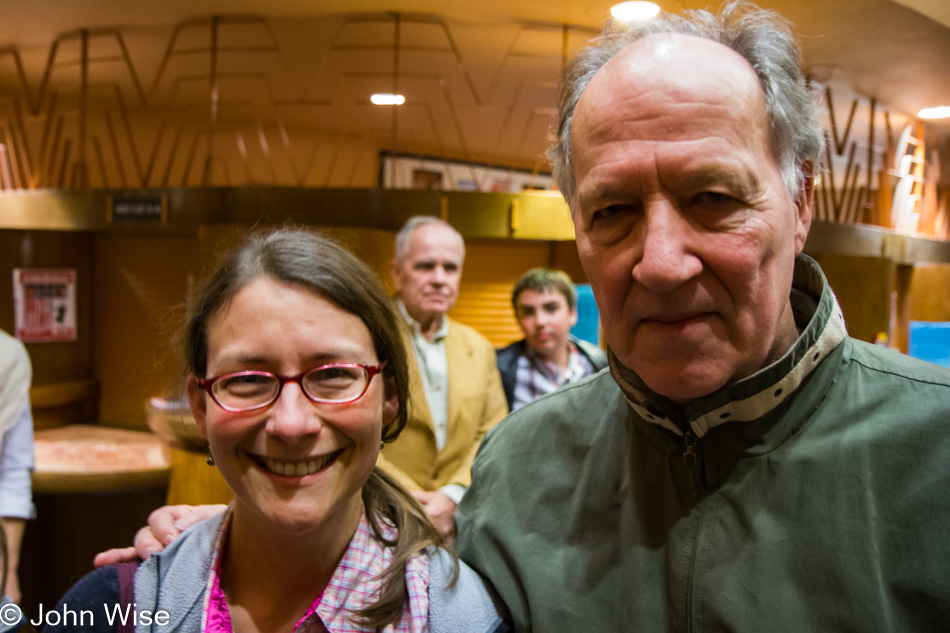
In June 1982, I called my employer’s helpline because I was losing my mind. The woman who talked with me asked about my symptoms, so I explained them to her. She asked if I did any drugs; I told her, not really. She came back and asked specifically about marijuana, and I told her, “Sure, probably like everyone else.” How about cocaine? “No way, and no heroin either; I told you I don’t do drugs.” Any pills? “Only occasionally and not any illegal ones, just valium, codeine, some other things to help me sleep.” Why do you need help sleeping? “Every three weeks, I work a graveyard shift, and I get off at 6:30 in the morning. On those days, I can’t buy weed until friends wake up later in the day.” What about when you don’t have pills? “I ask one of the guys I work with to buy me a bottle of Jack or Southern Comfort.” So you drink that in the morning? “Well, yeah, but only to get to sleep, and I never drive drunk. I start drinking it when I’m about halfway home, so I don’t start feeling it until I get home, and then I go to sleep.”
This lady keeps asking questions of this 19-year-old boy with mental problems, which I reassure her are the real issue, not some minor drug use. Persisting, she asks about psychedelics, and here I light up, “Of course I do those, but only LSD and magic mushrooms.” How often? “Maybe two or three times a week.” Do you ever mix anything while you are taking LSD? “Well, sometimes the acid doesn’t kick so hard, so I might take a puff or two of some angel dust, but I’ve got to be careful because I can easily get too high. Then, if I’m too high and I have to go to work the next day, I might take some Demerol to take off the edge so I can sleep.” Do you ever drink when you are on LSD or mushrooms? “Hell no, that would ruin the high, though I have tried it.” By this time, I felt it must have been obvious to her that I was losing my mind and that we could stop this train of questions. Sure enough, she agreed that I was having issues and that it would be best for her to come get me and deliver me to a hospital where I could get some help.
Maybe two hours later she arrived at the house I was renting with some friends, and we talked about some of the things I’d need and about hospital locations where I might want to go to. She also informed me that while she was sure I was having mental issues, she felt that my drug and alcohol use might be making things worse, so where I was going also treated addicts. One of the hospitals was in Long Beach, which, in my mind, would be filled with junkies. Another hospital was in Pomona, not too far away from where I was in West Covina, but I thought this place would be for junkies too, and I wasn’t a junkie or even a drug addict, so I went with “Door #3” over in Century City as I didn’t even know where that was. Well, it turns out that it’s next to Beverly Hills, Bel Air, and Westwood. That sounded non-junkie to me, so off we went. By the way, my health insurance would cover my stay, but the shocker was I’d be in there for 28 days.
I arrived at night, and strangely enough, I was asked if I wanted something to help me sleep; I said no way, as I was here for mental health help, and I didn’t really do drugs. The next day, I was again shocked when I saw that we were across the street from the Twin Towers, which featured in one of my favorite TV shows, L.A. Law. Hey John, this is a lot of backstory for you sharing one of your stranger memories. Yeah, I know, but this is a pivotal part of the story and sets the backdrop for what I’m about to share. Let me get this right out of the way; junkies were not who I thought they were; I was simply stupid in my naivety. I learned the extent to which people would lie to themselves in order to suppress painful character traits or memories that were unreconciled. I made some friends and gained a ton of insight about myself and how much I hated myself.
On my second or third night in this wing of the hospital, there was some grumbling about the staff allowing a homeless man to have a room. This older guy was said to be filthy, scraggly-haired, and bearded and was brought in by a taxi driver who reported that the man hid on the floor of his car in a severely paranoid state. I’d already been talked to about people’s privacy, that some patients were going through serious trauma, and to be respectful of their needs. Because part of being here in this program was agreeing to remain for 28 days, our only place to go was to walk in circles between therapy and various doctor visits.
On some of my walks, I’d pass the homeless guy’s room who was listening to music and just sitting on his bed writing or reading stuff. The thing was, he wasn’t just listening to any old music; he was listening to Kraftwerk. Seriously, this dude was OLD and was listening to Kraftwerk? On another round, I swore he was listening to Chelsea, but how in the world could this old man, who must be in his 40s or 50s, be listening to a punk band I had seen a couple of years before opening for the Dead Kennedys, X, and the Cramps?
The next day, on one of my walks, I had to come to a full stop and talk to this strange guy. What I thought he was listening to demanded I stop. After excusing myself, I explained how yesterday, walking by, I thought I heard Chelsea. He verified that it was, in fact, Chelsea, but he went on to tell me that they’d just played at his birthday party over in Venice Beach a couple of weeks ago. Stunned but not needing details yet because what he was listening to was my main concern, I asked if what he was listening to was Devo. Now, listening to Devo was no big deal, but I could have sworn what he was playing were unreleased tracks I’d heard existed, but I didn’t know anyone who had them. Well, this guy did, and he told me that Mark Mothersbaugh had given them to him personally. I likely slapped my head not able to believe this. He invited me in to sit down.
By now, I had to ask him how he knew Mark, a.k.a. Booji Boy, and who this guy who had Chelsea playing at his birthday party. My name is Dennis Hopper, he said. He could easily see I had no idea who he was. He asked if I’d seen the film Easy Rider, and my rude reply was, “Look at me (I was still into punk rock but also Industrial Music, so I was ‘peculiar’ for the time) do I look like I’m into that old hippy stuff?” Hmmm, did you see Giant with Elizabeth Taylor and James Dean? “Nope, that’s way before my time.” How about Apocalypse Now? Sure, I’d seen it, but that was years ago, so I had to think hard, and then it came to me, “You were the crazy photographer!” Later, I realized that I’d seen him in Cool Hand Luke and True Grit as a kid, but back then, nobody compared to Paul Newman or John Wayne.
Over the next days, we’d listen to music he had with him, and he’d tell me stories of his life in Berlin, Taos, New Mexico, and becoming famous. I learned about one of the most important people in his life who’d recently died, Lee Strasberg. He told me tons of stuff about one of his favorite films he’d made called The Last Movie. Meanwhile, I whined about anonymity, frustration, and self-loathing. During these talks, he told me what it was like to go to sleep one weekend and then, on Monday, learn that he was famous. This was the beginning of his problems that led to his alcoholism, which had brought him to the same hospital I was in. The thing was, he never felt famous and only ever felt like Dennis. He wanted to feel what it must be like to be one of his idols, but that sense of fame never arrived.
But enough of the background story as even that stuff is not why I wrote this blog entry. On the opening weekend of Blade Runner over in Westwood near UCLA, Dennis Hopper and I walked into a theater to watch a matinee performance of this movie with very few others in attendance. While waiting for the movie to start, Dennis was telling me about a friend of his, Alejandro Jodorowsky (whom he met while making The Last Movie), who was supposed to be making another sci-fi film called Dune. Blade Runner turned out to be a flop for the general public, but we loved it. Later the same day, back at the hospital, one of his best friends came over to visit him; Dennis introduced me to Dean Stockwell. That was one of my days during rehab with this incredibly creative person in the summer of 1982 when I learned that I was a drug addict.
Last tidbit: the very night I was checking out following my 28 days of getting my head together, one of the nurses told me of a guy who just checked in I might be interested in meeting; his name was Jim Osterberg. I had no clue who this Jim Osterberg guy was, but I agreed. The nurse knocked on the door, and a gruff voice said to come in. Standing naked in front of a window with his back to us was Iggy Pop – fuck!
